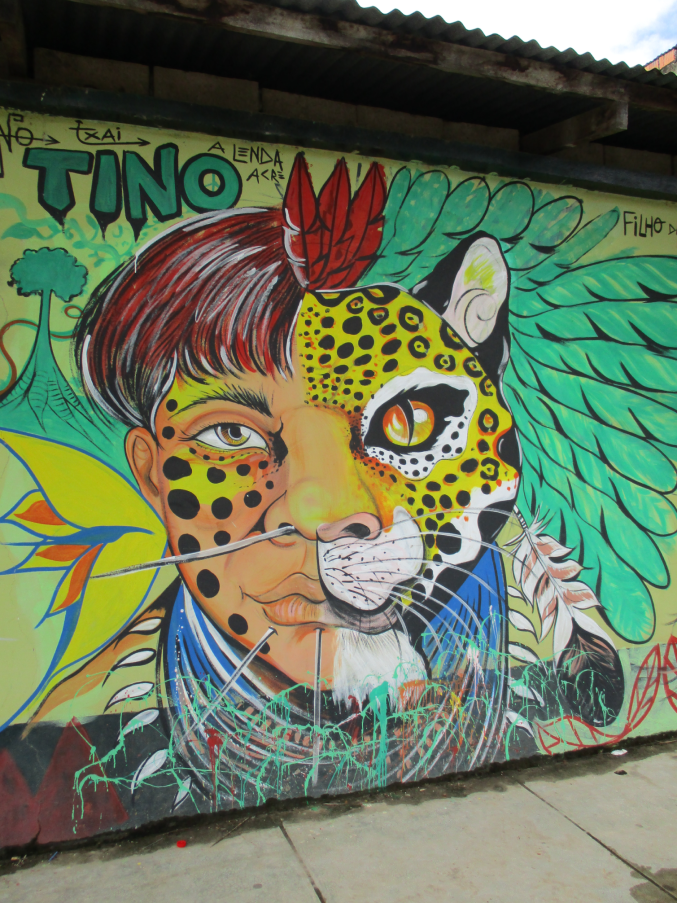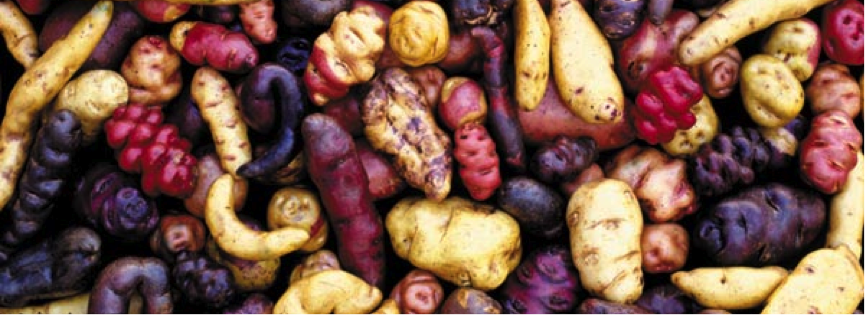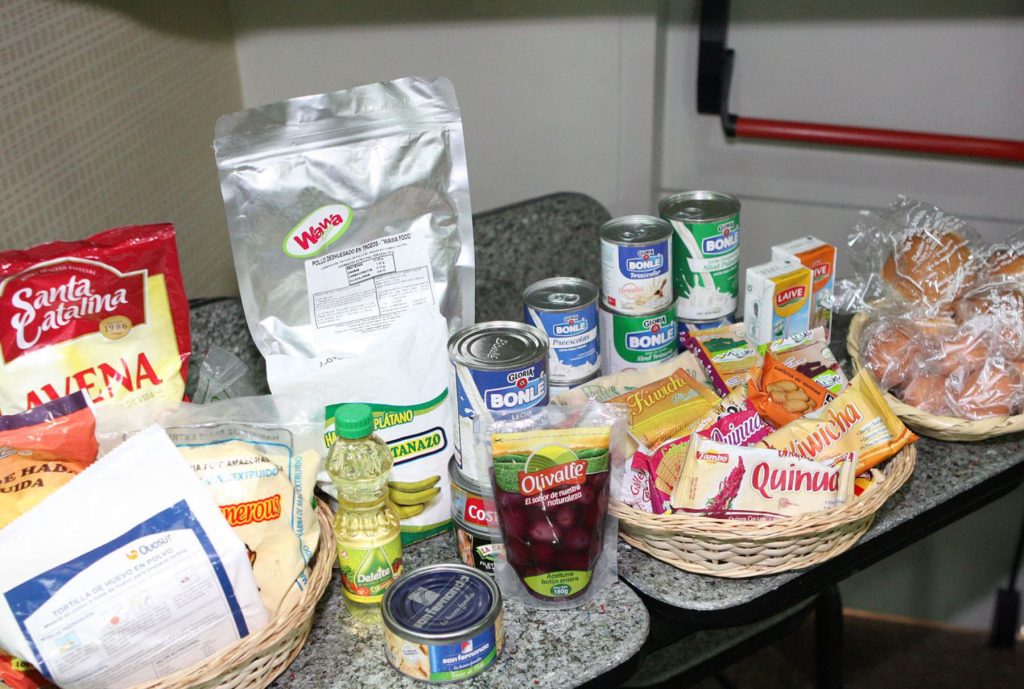The accepted definition of food security was established in 1996 at the World Food Summit: "Food security exists when all people, at all times, have physical and economic access to sufficient safe and nutritious food that meets their dietary needs and food preferences for an active and healthy life." (Source: FAO, "An Introduction to the Basic Concepts of Food Security.")
The part of this definition that I want to stress is that of food preferences - that people be given the food that they are familiar with and would choose of their own volition.
For Peru and Qali Warma, this means that the food provided has to be palatable enough for children to actually eat it.

So yes, the pickiness of young children does have to be entertained, to some extent. However, there are other considerations: there's a sizable population in Peru that cannot eat or drink dairy, a major problem considering how much milk is incorporated into Qali Warma. The indigenous peoples of the Amazon are lactose intolerant, meaning that for them, Qali Warma's food is not safe, nor is it aligned with their dietary needs or food preferences. And yet, the program spends a lot of money sending milk to the Amazon; I've been told stories of deliveries of milk being left on the side of a river to spoil, as no one wanted to collect it, stories of food meant for schools being fed to pigs and chickens.

It's important to remember that some children aren't being difficult because they've never liked milk; some children have to make the decision to refuse the food provided to them (and potentially stay hungry at school).
It's also important to remember that Qali Warma is doing the best that it can - and is striving to do better.
In the following posts, I will show how different programs could better contribute to food security, adapting to local food practices.

